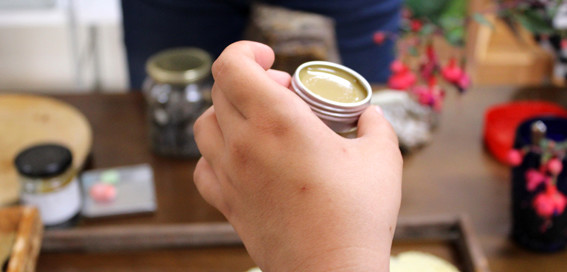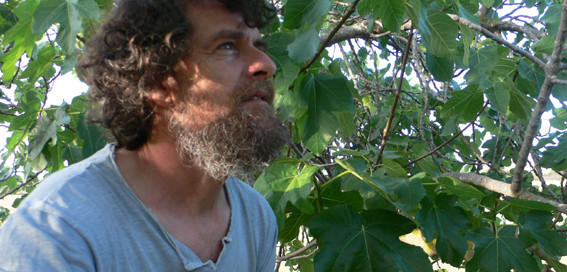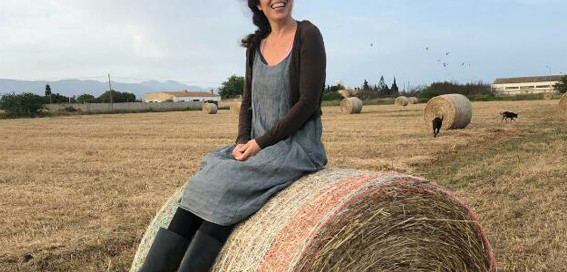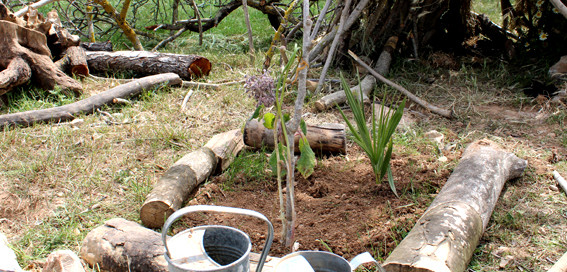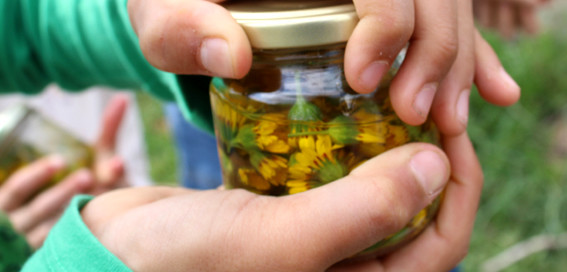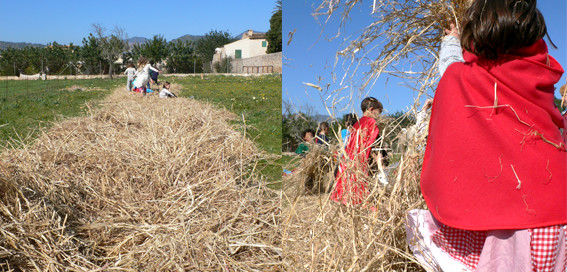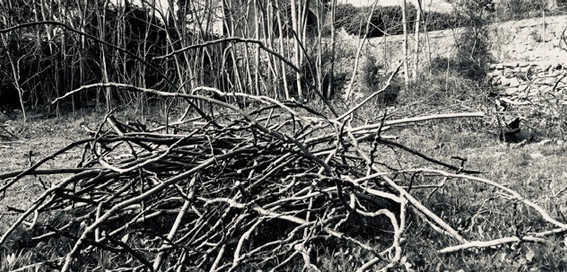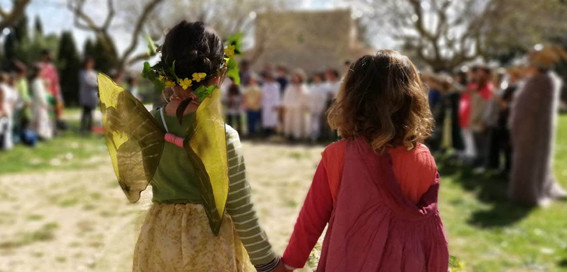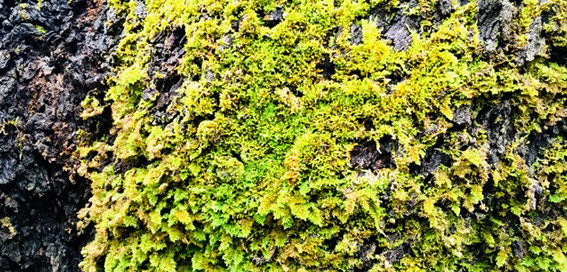MAKING MARIGOLD BALM
The marigolds collected by the children this early spring in the forest have been very well used. In addition to the oil, this month they made a calendula balm with beeswax. To prepare it, they took four proportions of calendula oil for a portion of virgin beeswax. They were heated separately in a water bath until the wax was liquefied. The oil was then carefully poured into the wax container. Finally, the small balm containers were filled with the mixture. This balm has the same properties as calendula oil, but, being made with beeswax, it not only has great moisturizing power but also contains propolis, a natural antibiotic that bees synthesize from wax and conifers resin. We took the opportunity to tell the children more about bees: how they secrete wax with glands that they have in their abdomen, how they pollinate flowers, what honey is, the difference between a wasp and a bee hive, who are the drones, the workers and the queen in a hive ... And so they got closer to these insects that today are an endangered species and that are essential for the survival of the entire ecosystem.

